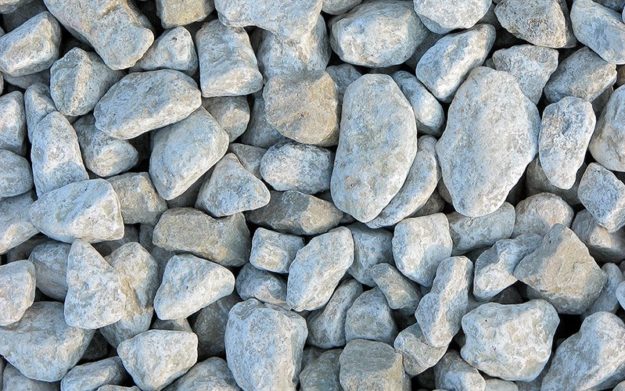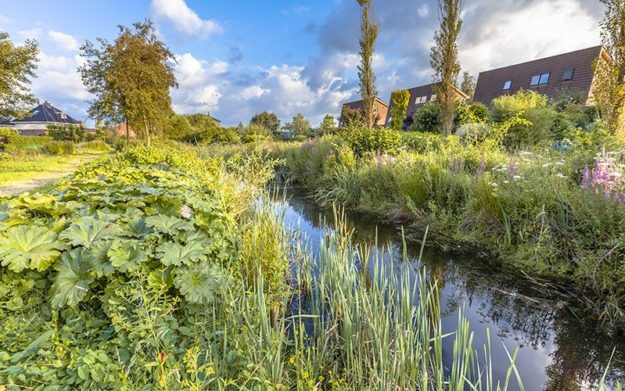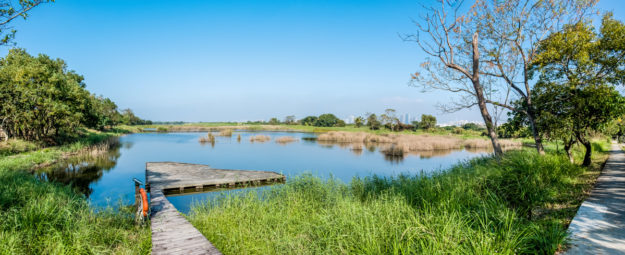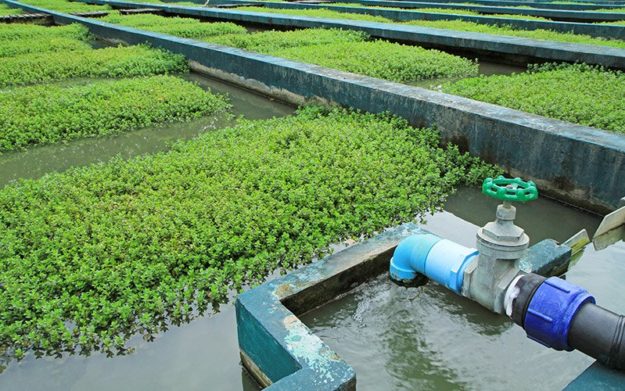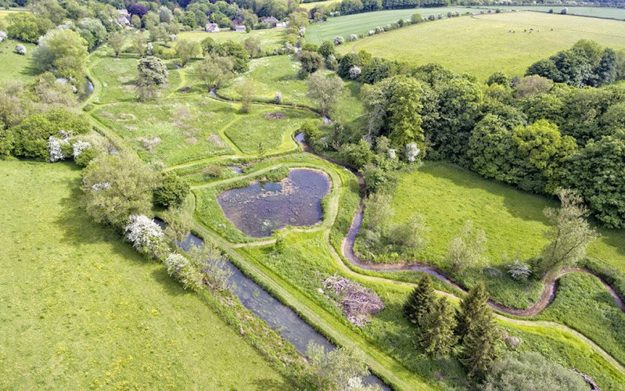Mycofiltration
Mycofiltration involves percolating water through a woody substrate colonized by a lignicolous fungi (wood-degrading fungi). The filtering effect of the dense mycelium network and the release of enzymes can remove organic pollutants, heavy metals and pathogenic bacteria from water. Because it is straightforward to implement, this technology it is particularly adapted to the treatment of…



